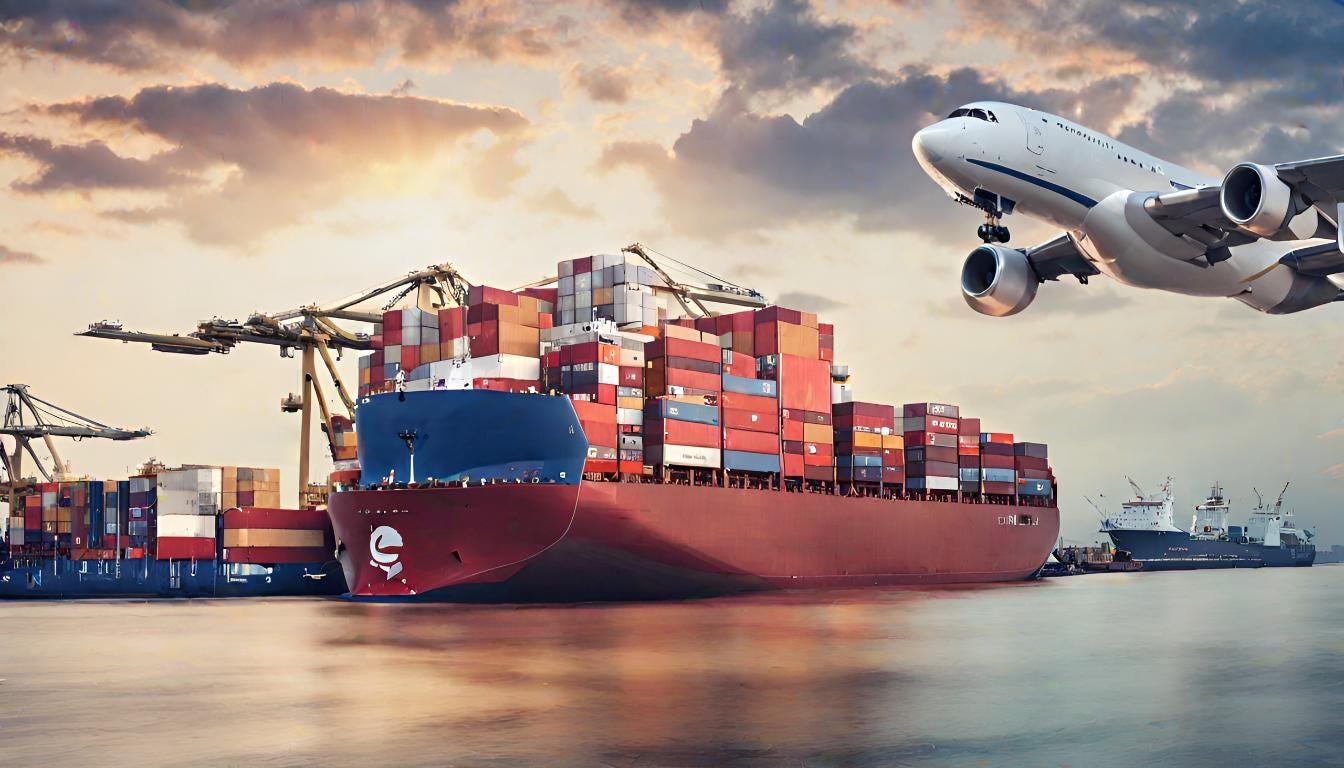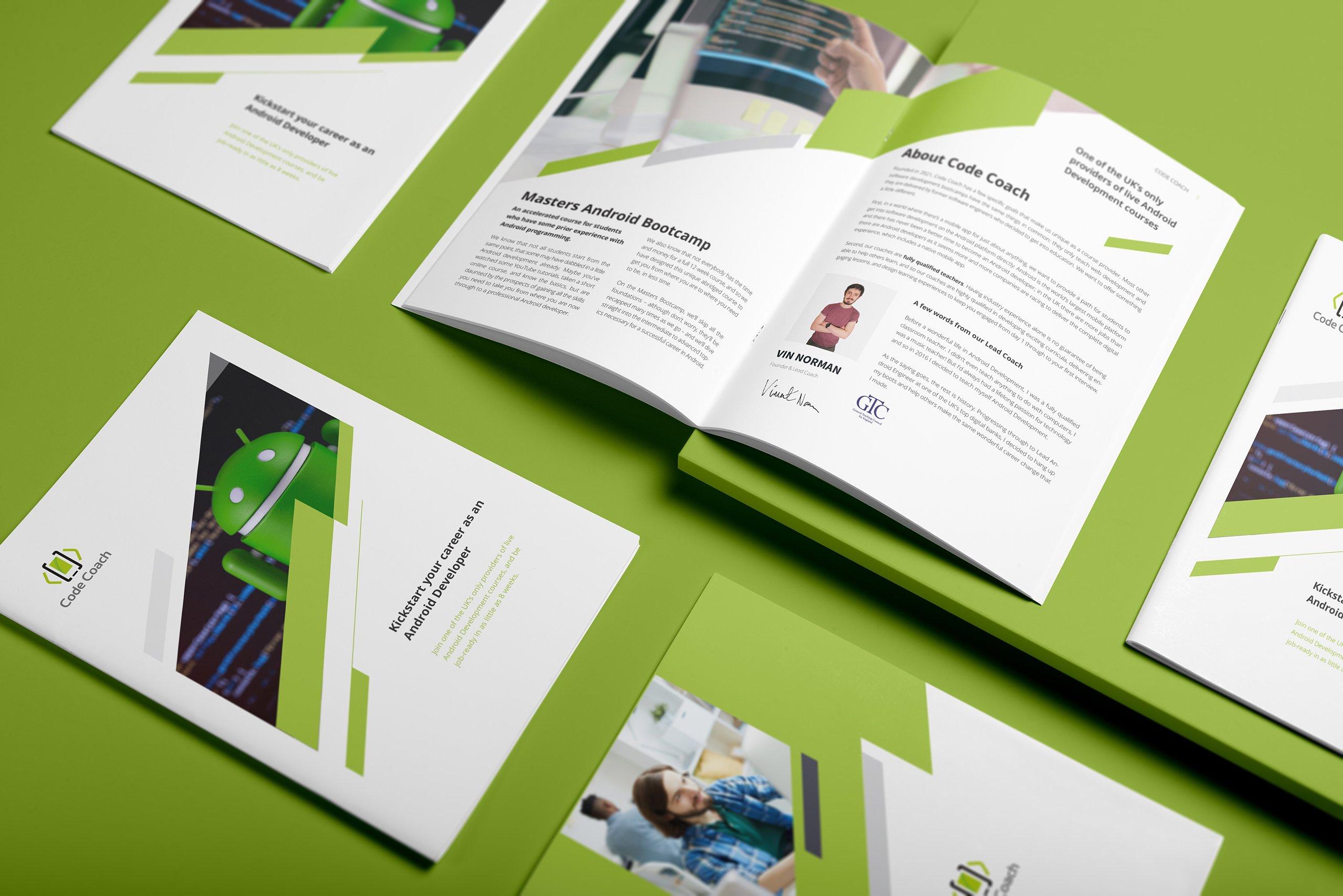The introduction of eco-friendly construction supplies in the Philippines serves as a pivotal point in redefining the construction industry. By integrating materials and practices that minimize environmental impact, the country is poised to lead by example in Southeast Asia. The adoption of such supplies resonates with the Filipino value of “Bayanihan,” reflecting community spirit and collective progress. This piece aims to underline the importance, benefits, and options for sustainable construction supplies in the Philippines, encouraging a greener blueprint for development.
Sustainable building represents the future of construction, prioritizing the environment while fostering economic and social growth. In the Philippines, a nation marked by its rich biodiversity and growing urbanization, the move towards eco-friendly construction supplies is not just a trend but a necessity. Highlighting the harmony between human habitats and nature, sustainable construction supplies offer the Philippines a path to build responsibly. This shift not only aids in preserving the natural beauty of the archipelago but also ensures that the buildings themselves become a part of the nation’s commitment to sustainability.
Benefits of Sustainable Building Supplies
The shift towards using sustainable building supplies in the construction industry ushers in a multitude of benefits. The environmental advantages are clear—such materials often stem from renewable sources and are produced through processes that emit less pollution. This sustainability reduces the depletion of finite resources, ensuring a greener future. Additionally, these materials often require less energy to manufacture, further decreasing the carbon footprint associated with construction projects.
On the economic side, while the initial investment in eco-friendly construction supplies might be higher, the long-term savings are considerable. These materials are generally more durable and require less maintenance, which translates into lower costs over the lifespan of a building. Eco-friendly supplies typically contain fewer chemicals that could harm human health, creating safer living and working spaces. The Philippines, by embracing these supplies, not only protects its natural landscapes but also invests in the well-being and prosperity of its people.
Types of Eco-Friendly Construction Supplies
The categorization of eco-friendly construction supplies is rooted in their environmental impact during production, usage, and disposal. First, natural and renewable materials are those derived from nature that replenish themselves over time, like bamboo, which grows rapidly and does not require harsh chemicals for cultivation. Such materials are abundant in the Philippines, making them a practical and environmentally sound choice. Recycled and upcycled materials also play a critical role, transforming waste into valuable construction resources and thereby reducing landfill usage and the extraction of raw materials.
Low-emission products represent another key category, including supplies that release minimal volatile organic compounds (VOCs) during their life cycle, such as low-VOC paints and adhesives. These products are crucial for maintaining indoor air quality and reducing health risks associated with chemical exposure. By focusing on these types of materials, the Philippines can significantly lessen the environmental impact of its construction industry. The integration of such eco-friendly supplies is a step toward sustainable development that aligns with the country’s environmental preservation goals.
Popular Sustainable Building Materials in the Philippines
In the Philippines, the popularity of certain sustainable building materials is on the rise, reflecting their effectiveness and alignment with local sustainability goals. Bamboo stands at the forefront with its incredible strength-to-weight ratio and fast growth rate, presenting a viable alternative to traditional hardwood. Native woods found in the archipelago that are sustainably sourced also contribute to responsible construction practices. These materials not only reduce the environmental impact but also support the local economy by utilizing home-grown resources.
Another key player in the sustainable building sector is recycled steel, which offers durability and resilience without the extensive environmental toll of new metal production. Alternative concrete products, including those that incorporate fly ash or slag, also show significant promise in reducing the carbon emissions typically associated with cement manufacturing. Insulation materials are being reimagined as well, with innovations that offer eco-friendly properties, like reduced chemical content and better energy performance. These popular materials not only contribute to a more sustainable construction industry in the Philippines but also set the country on a path toward a greener future.
Incorporating Traditional Filipino Design with Sustainable Materials
The integration of sustainable materials with traditional Filipino design is a testament to the country’s ingenuity in eco-friendly construction. Traditional designs intrinsically value harmony with nature, often utilizing materials that are readily available and renewable. This synergy between old and new encourages a construction approach that respects the past while safeguarding the future. By blending these age-old practices with modern sustainable materials, buildings in the Philippines can embody both cultural heritage and environmental responsibility.
There is a significant advantage in merging traditional Filipino designs with modern sustainable techniques. Structures become more than just shelters; they reflect the Philippine identity and its ecological consciousness. This approach also fosters a sense of national pride, highlighting the country’s capability to innovate within the realm of sustainable construction. The Philippines, by honoring its architectural heritage and embracing eco-friendly supplies, paves the way for a construction sector that is both culturally rich and environmentally sustainable.
Challenges of Sourcing Eco-Friendly Construction Supplies
Despite the growing availability of sustainable materials, sourcing eco-friendly construction supplies in the Philippines presents several challenges. The primary hurdle is the limited accessibility of these materials within the local market. Often, these supplies are not as readily available as their conventional counterparts, which can delay construction timelines. Additionally, the adoption rate of sustainable materials is still gaining momentum, which affects the supply chain dynamics and overall accessibility.
Another challenge is the cost. Eco-friendly construction supplies can come with a higher price tag compared to traditional materials. This can be a deterrent for builders and buyers who are working within tight budget constraints. Educating the building industry on the long-term benefits and potential cost savings of sustainable supplies is crucial. It’s essential to convey that the initial investment can lead to greater savings through durability and efficiency. Overcoming these challenges requires a concerted effort from all stakeholders involved. It includes engagement from the government, industry players, and consumers to increase demand and build a robust market for eco-friendly construction supplies in the Philippines.
Government and Industry Initiatives
To support the adoption of eco-friendly construction supplies in the Philippines, both government and industry initiatives play significant roles. The government can lead by example, setting regulations that encourage the use of sustainable materials in public projects. Additionally, offering incentives such as tax breaks or grants for projects that utilize eco-friendly supplies can greatly influence the market. Such policies not only bolster the demand for sustainable materials but also signal a national commitment to environmentally conscious development.
Industry partnerships are equally vital in fostering a thriving market for eco-friendly construction supplies. Companies within the construction sector can collaborate to share resources, knowledge, and innovations, thus driving the sustainability agenda forward. Moreover, investing in educational programs and offering certification for sustainable building practices can raise awareness and expertise in the field. These industry-led initiatives can complement government efforts, creating a supportive ecosystem that facilitates the transition towards sustainable construction practices in the Philippines.
Moving Forward: The Future of Eco-Friendly Construction in the Philippines
As the Philippines moves forward, the future of eco-friendly construction looks promising, with an increasing trend towards sustainable practices. Innovations in building supplies continue to emerge, catering to a growing demand for materials that reduce environmental impact. Advancements in technology have the potential to make these supplies more affordable and accessible, paving the way for widespread adoption. The evolving consumer consciousness also plays a pivotal role, as more individuals seek out greener options for their homes and businesses.
This collective shift towards sustainability in construction is not just about preserving the environment; it’s about building a legacy for future generations. It involves a commitment to progress that doesn’t come at the expense of the planet. As the country advances, it’s crucial that the industry, policymakers, and the community work together to ensure eco-friendly practices become the norm. The Philippines has the opportunity to be a leading example in sustainable construction, demonstrating that it’s possible to grow economically while remaining ecologically responsible.
Key Takeaway
The move towards sustainable construction supplies in the Philippines marks a transformative period in the nation’s development. By embracing eco-friendly options, the country can construct buildings that stand as a testament to both innovation and respect for the environment. This commitment to sustainable development is crucial for the Philippines as it seeks to balance economic growth with ecological preservation. The broader integration of these supplies is not only a win for the environment but also for the health, economy, and cultural heritage of the nation.
As the demand for green building increases, it becomes imperative that all stakeholders—government, industry, and consumers—collectively support the growth of eco-friendly construction supplies. Efforts to educate, regulate, and innovate within this sector are key to ensuring that sustainable building becomes a standard practice in the Philippines. The path forward is clear: a dedication to eco-friendly construction is an investment in a more resilient and responsible future for the country.






